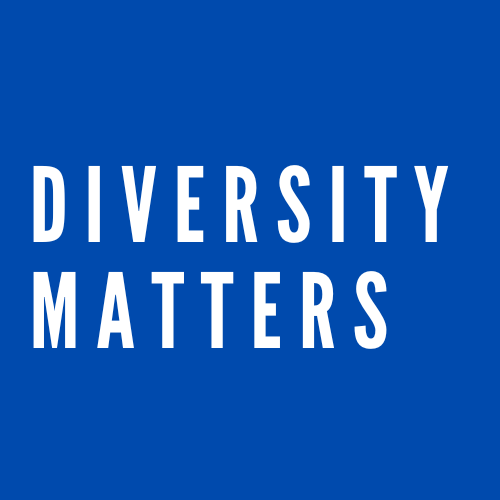
Migrant Women: Symbols of strength
“Weaker Sex”: Collective term for women. In the midst of 2024, this definition is found in the dictionary of the prestigious Royal Spanish Academy (RAE), and only in recent years has it included a note clarifying that the expression is used with derogatory or discriminatory intent.
“The weaker sex”? Let’s analyze the situation of women in one of the most challenging conditions a human being can experience: Leaving their place of origin, their familiar environment; migrating.
According to data from the International Labour Organization (ILO), women make up nearly half of all international migrants and constitute 48% of the migrant workforce worldwide. Furthermore, statistics indicate that an increasing number of women migrate alone or as heads of households in search of opportunities for themselves and their loved ones, a phenomenon known as the feminization of migration.
“The weaker sex”? Behind these words laden with stereotypes lies a much more complex and challenging reality.
The International Organization for Migration (IOM) states that migrant women are often more vulnerable to violence and exploitation during the mobility process and face multiple forms of discrimination such as precarious working conditions, wage discrimination, and lack of access to basic services.
Still, amidst so many challenges and conditions of vulnerability and inequality not only compared to men but also to their native counterparts, there are many cases of women who have drawn upon their indomitable inner strength and have transformed the challenges of migration by using their knowledge and skills to pave their own paths and thus become agents of change and development for themselves, their families, and their communities.
One example is Gepsie Metellus, a Haitian woman whose family arrived in New York in the 1960s and who, despite the discrimination she faced, has spent the last two decades working for the rights of women and the Haitian migrant population in Florida. Or Diana Betancourth, a Colombian who, after migrating to the United States, saw her mother work long hours cleaning houses and who now owns one of the largest cleaning companies in her area, where she offers her workers fair and dignified treatment, maintaining a balance between personal and work life. Or in the realm of art, Roya Ebtehaj, an Iranian woman who also made this country her home and whose artistic language creates a space for empathetic communication to transcend the barriers she faced due to her nationality when migrating.
“Weakness”? In the world, migrant women are essential for the sustenance of communities and economies. It is urgent to address migration from a gender perspective that transcends stereotypes and guarantees women’s rights because if migration is a challenge that tests all human capacities, migrating for a woman is an even more complex journey that only demonstrates her profound, ingrained, and admirable strength.

